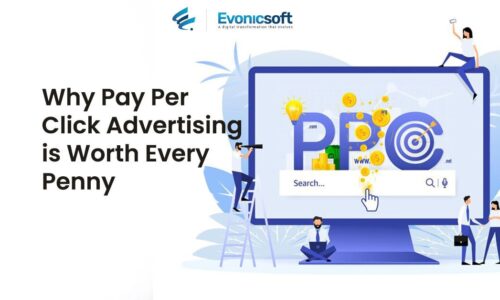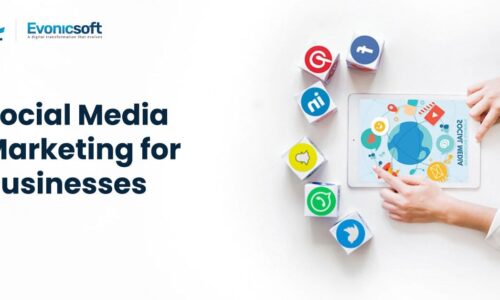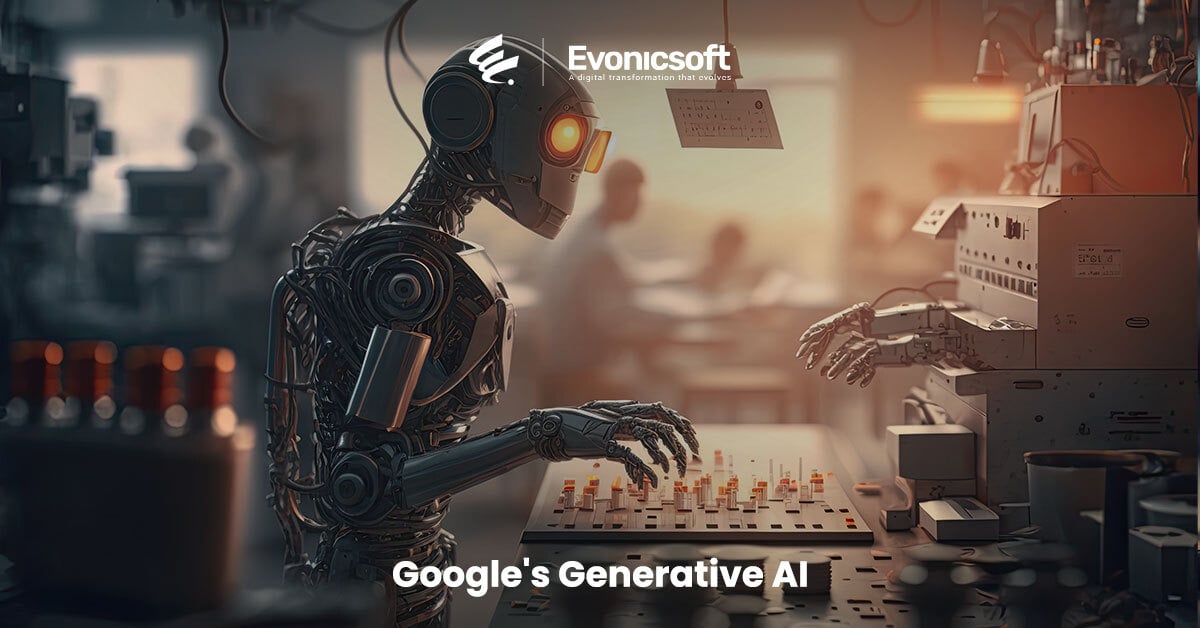
Exploring the Power of Google’s Generative AI
- Sami Ul Hassan
- 23/11/2023
- Artificial Intelligence (AI), Digital
Generative AI – Artificial intelligence (AI) has been a hot topic in the tech world for years, and Google has been at the forefront of this rapidly advancing field. Google has made a lot of progress in creating artificial intelligence (AI) that can make new stuff like pictures, videos, and text using data they already have.
In this article, we will talk about how Google’s generative AI (also known as Google AI) is changing the way we use technology.
Check one of the best AI development company in UAE.
What is Generative AI?
Generative AI is a subset of artificial intelligence that uses algorithms to generate new content based on existing data. This type of AI is different from traditional AI, which is designed to perform specific tasks based on pre-programmed rules.
Generative AI is often used in creative fields, such as art and music, to create new and unique pieces. It can also be used in data analysis to generate new insights and predictions.
Google’s Generative AI Projects
Google has been investing heavily in generative AI, and their efforts have resulted in some impressive projects. Let’s take a look at some of the most notable ones.
DeepDream
DeepDream is a project developed by Google’s AI research team, Google Brain. It uses generative AI to create dream-like images by analyzing and enhancing patterns in existing images.
In 2015, Google made a tool that let people upload their own pictures and see them turned into strange and dreamlike artwork. This project became very popular. DeepDream has since been used in various applications, including creating music videos and generating new textures for video games.
Magenta
Magenta is an open-source project by Google that uses generative AI to create music and art. This tool helps artists and musicians be more creative and try new things with AI.
Magenta has a cool project called NSynth. It’s a synthesizer that uses smart AI to make new sounds by mixing old ones. This has the potential to transform the music industry by allowing artists to create entirely new sounds and genres.
AutoDraw
AutoDraw is a tool on the internet created by Google. It uses AI to transform simple sketches into fancy illustrations. The tool uses special computer programs to look at the user’s drawing and give them a better version from a collection of already drawn images.
AutoDraw is a great example of how generative AI can be used to enhance creativity and make it more accessible to everyone.
The Impact of Google’s Generative AI
Google’s AI projects have had a big impact on various areas, and there are endless possibilities for future uses.
Let’s take a look at some of the ways generative AI is changing the game.
Enhancing Creativity
One of the most significant impacts of generative AI is its ability to enhance creativity. By using algorithms to generate new content, artists and musicians can explore new possibilities and push the boundaries of their craft.
AI can also help non-artists and non-musicians tap into their creative side. Tools like AutoDraw make it easy for anyone to create professional-looking illustrations, regardless of their artistic abilities.
Improving Efficiency
Generative AI can also improve efficiency in various industries. Generative AI can help the fashion industry by creating new designs and patterns. This saves time and resources compared to manual design work.
In data analysis, generative AI can quickly generate insights and predictions, saving analysts hours of work. This can be especially useful in industries like finance and marketing, where data analysis is crucial for decision-making.
Personalization
AI can also be used to personalize experiences for users. For example, Google’s AI-powered recommendation systems use generative AI to analyze a user’s search history and provide personalized recommendations for products, videos, and articles.
This type of personalization can improve user experience and increase engagement, leading to higher conversion rates and customer satisfaction.
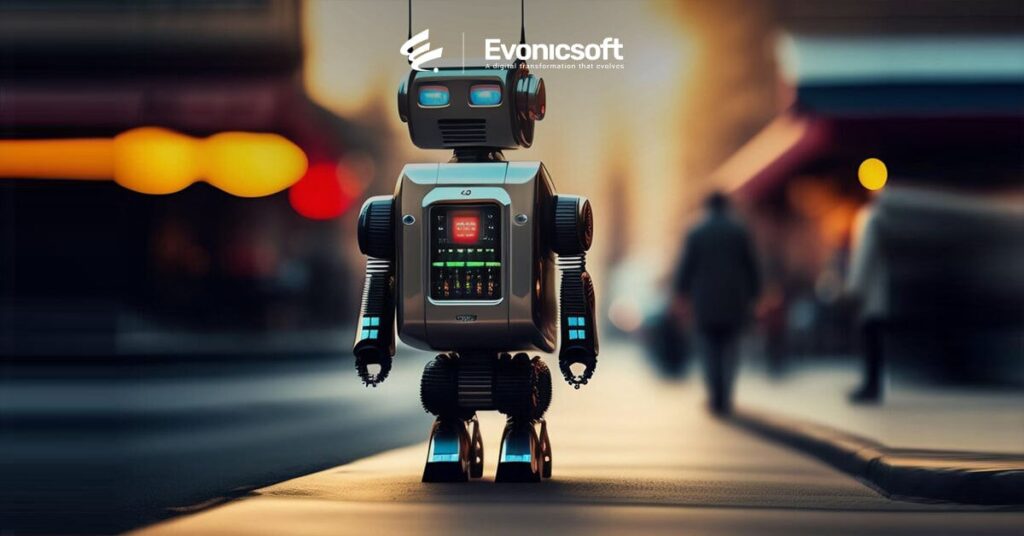
The Future of Google’s Generative AI
Google’s investment in AI shows no signs of slowing down, and the potential for future applications is vast. Here are some of the ways we can expect to see generative AI continue to evolve.
Improved Natural Language Processing
Natural language processing (NLP) is an area of AI that focuses on understanding and processing human language. Google’s generative AI has the potential to improve NLP by generating more natural and human-like responses.
This could result in better chatbots and virtual assistants that can have more complicated conversations and give more precise answers.
Advancements in Healthcare
AI has the potential to transform the healthcare industry. Generative AI studies lots of medical data. It helps doctors diagnose better and create individual treatment plans for patients.
In the future, we may see AI used to develop new drugs and treatments, leading to significant advancements in healthcare.
More Realistic Virtual Worlds
Generative AI can also be used to create more realistic virtual worlds in video games and virtual reality experiences. By analyzing existing environments and textures, generative AI can generate new and unique landscapes, making virtual worlds more immersive and realistic.
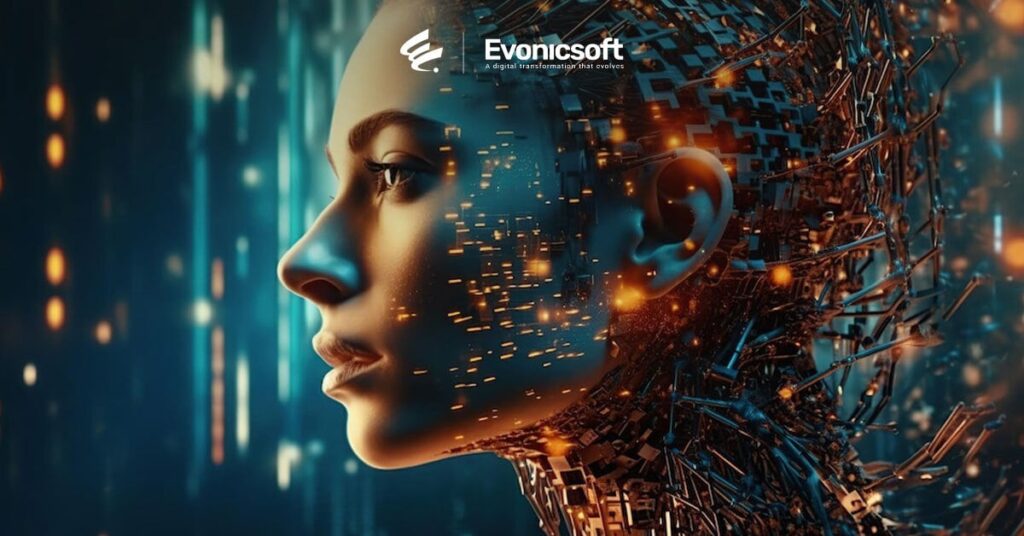
Summary (Generative AI)
Google’s generative AI is a powerful tool that is transform the way we interact with technology. From enhancing creativity to improving efficiency and personalization, the potential for this type of AI is vast.
As Google continues to invest in generative AI, we can expect to see even more impressive projects and advancements in various industries. AI has a promising future. Google is at the forefront of creative and pioneering AI projects.
